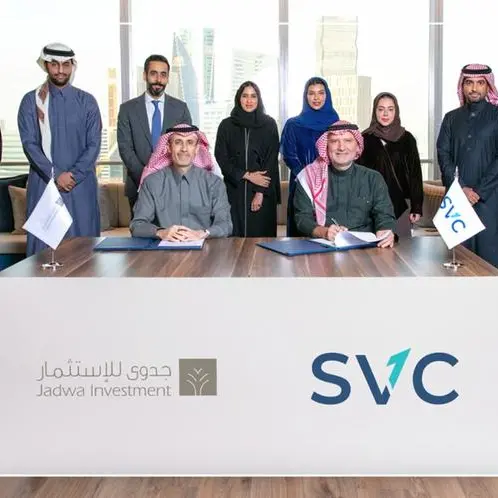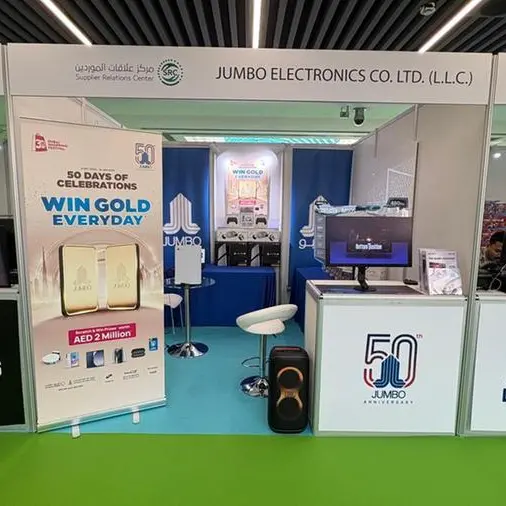By Oxford Business Group
08 September 2014
Next year, the 10 states of the Association of Southeast Asian Nations (ASEAN) are scheduled to embark on the first stage of a major new journey - the creation of the ASEAN Economic Community (AEC).
This will see Indonesia, Malaysia, the Philippines, Brunei, Singapore and Thailand become a single market, allowing a far greater movement of goods, services, capital, labour and investment within the region.
Later, Cambodia, Vietnam, Laos and Myanmar are also set to join this grouping, creating one of the largest free trade areas on the planet - in 2013, the block had a combined GDP of around $2.4 trillion.
This gives businesses and investors in the GCC an unprecedented opportunity, too.
"Most countries in ASEAN are looking to raise their game by developing new infrastructure - both soft and hard," OBG Regional Director for the Middle East Jana Treeck says. "With the AEC, a much more open investment environment in the region begins from next year, giving GCC investors and businesses the opportunity to be a much bigger part of one of the world's fastest growing regions."
Indeed, while GCC-ASEAN trade is already significant, the AEC expands what might have been a market of, for example, just 29m people in Malaysia, into a potential market of 620m.
The AEC is also expected to see incomes within the Community jump, as intra-regional trade blossoms, creating fresh demand for all kinds of goods and services.
Part of the move involves the coordination of tax policies, completing a network of double taxation agreements, whilst eliminating a large number of withholding taxes. Many now predict that this will lead to greater tax competition between AEC states, making the market even more attractive to GCC investments.
A regime of Intellectual Property rights will also be standardised, along with dispute resolution systems and a collective competition policy. All these moves, in addition to the reduction of tariff and non-tariff barriers within the AEC, are expected to give the giant new block a major boost, pulling in an even greater share of global FDI flows. These have already been increasing - up from $114.3bn in 2012 to $122.4bn last year.
Much of this expected new flow should come from the GCC.
The Gulf is already well represented in ASEAN, with many long-term investments in the region's vital infrastructure development originating here, in particular. A good example of this might be QTel's recent $15bn investment in Myanmar's 3G network, under the Ooredoo brand.
In finance - and Islamic finance in particular - GCC institutions have long been doing business in ASEAN, with Saudi Arabia, the UAE and Kuwait leading lights. Another key area is halal products. While the ASEAN countries may produce many of the raw materials for these, it is often GCC firms that take these and process them, in food, pharmaceuticals and cosmetics.
Meanwhile, energy is another major area of investment. The UAE's Mubadala is in partnership with Malaysia's Petronas for gas exploration off Sarawak; 1Malaysia Development Bhd. (1MDB) has meanwhile partnered with Saudi Arabia's Petro Saudi International Ltd, both in Malaysia and overseas. The Qatar Investment Authority is involved in numerous downstream projects in the ASEAN region, while Qatar Petroleum has a stake in petrochemicals in Vietnam and the Kuwait Petroleum Corporation works in refining with Pertamina in Indonesia. Downstream infrastructure in Singapore and on Indonesia's Bantam island also owes much to Dubai Drydocks, the Emirates National Oil Company, Al Jaber and Aabar.
Yet the GCC is still some way down on the list of trade partners with ASEAN.
A quick look at the 2013 figures shows the UAE as the Gulf country with the largest slice of business with the region - total Emirati trade with ASEAN came to $60.5bn that year. Saudi Arabia was next, with $40.87bn, then Qatar, with $16.7bn, followed by Kuwait, with $8.5bn - all according to ASEAN figures. Oman had $6bn in total ASEAN trade that year, and Bahrain, $1.7bn. In contrast, Hong Kong managed $95.2bn, Australia $68bn.
The GCC and AEC do make a good partnership though, with the resources of one much in demand by the other - whether they be financial on the one hand, or raw material based on the other.
At the same time, the AEC will mean sectors that are already major rivals to GCC industries, such as Malaysia's Islamic finance, will have unfettered access to a much larger local market. Not joining in could therefore lead to global marginalisation in the rush for new clients and new services. Likewise, in transport, the AEC will see major liberalisation of air routes and legislation, with an expected further boom in ASEAN-based airlines. Gulf carriers will not want to lose out on a share of this already-huge market.
Much food for thought then, here in the Gulf, as ASEAN counts down to 2015.
-Ends-
Press Release 2014


















